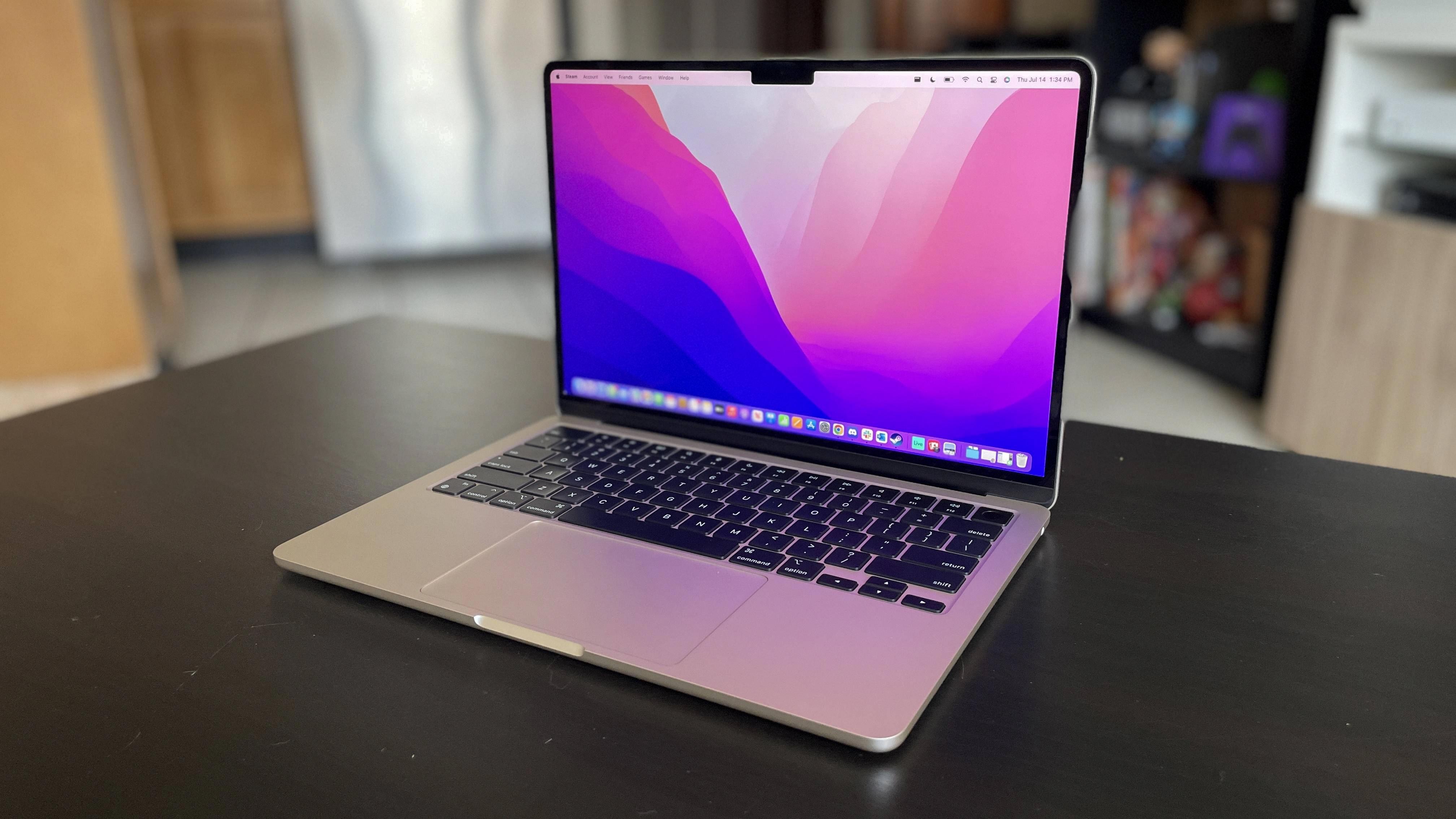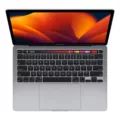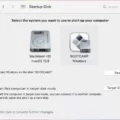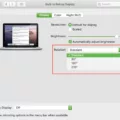If you’re one of the many people who use a Mac, you know that sometimes it can be difficult to restart your computer without a mouse. Fortunately, there are ways you can do this without having to worry about being stuck with an unresponsive machine.
First off, it’s important to know how to properly shut down your Mac. To do this, go to the Apple menu in the upper-left corner of your screen and select “Shut Down.” This will allow you to save any unsaved work before turning off your Mac.
Next, if your Mac is unresponsive and you need to force it to restart, there are two ways you can do this without using a mouse. The first way is by using the power button on the back of the iMac. To do this, press and hold the power button until your Mac shuts down and then press and release it again normally to start it up again.
The other way is by using keyboard shortcuts. Go to System Preferences > Keyboard > Shortcuts and select “Use keyboard navigation to move focus between controls.” This will allow you to navigate around your screen by using keys such as Tab, Enter, Spacebar, or Backspace instead of a mouse or trackpad.
Once you have successfully navigated around the screen and selected “Shut Down” from the Apple menu, press and hold either Command + Option + Control + Power or Command + Option + Shift + Power for at least 5 seconds until your Mac turns off completely. You may lose any unsaved changes in open documents when doing this so make sure you save them before forcing a shutdown!
By following these steps, you should now have successfully restarted your Mac without needing a mouse! Hopefully, this guide helped make things clearer for those having trouble with their devices – happy computing!
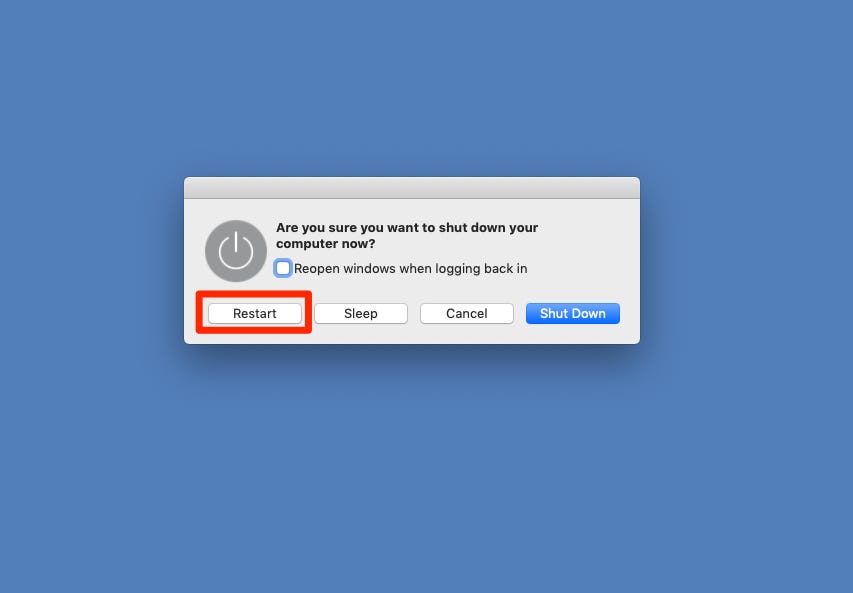
Forcing an Unresponsive Mac to Restart
If your Mac is unresponsive, you can force it to restart by pressing and holding the power button on the device for at least 10 seconds. The screen will go dark and the computer will shut down. After a few seconds, press the power button again to turn the computer back on. Your Mac should now be restarted and ready for use.
Forcing a Restart on a Mac
If you need to force restart your Mac, press and hold the power button for at least 10 seconds until your Mac shuts down. This is necessary if your Mac becomes unresponsive or if you need to make sure it has completely shut down. Please note that this may cause any unsaved changes in open documents to be lost, so it’s best to save your work before forcing a restart.
Restarting a Mac Without a Keyboard
If you don’t have access to a keyboard, you can still restart your Mac by using the power button. On the back or side of your Mac, press and hold down the power button for at least 10 seconds until it shuts off. Then, press and release the power button again to start it up again.
Navigating a Mac Without a Mouse
Navigating your Mac without a mouse can be done using keyboard shortcuts. The most important shortcut to know is the Tab key, which moves you from one item on the screen to another. You can also use arrow keys to move around, and Control + Tab to switch between open applications. Additionally, you can enable a setting in System Preferences called “Use Keyboard Navigation to Move Focus Between Controls,” which allows you to navigate menus and windows with the keyboard instead of a mouse. With practice, navigating your Mac with only your keyboard will become second nature!
Restarting a Frozen Mac
If your Mac is frozen and you can’t restart it normally, you’ll need to force it to restart. To do this, press and hold the power button on your Mac for up to 10 seconds, until your Mac turns off. If your Mac has Touch ID, press and hold Touch ID instead of the power button. Then turn your Mac back on by pressing the power button or Touch ID again.
Dealing with a Frozen Mac
If your Mac is stuck or frozen, the first step is to press and hold the power button on your Mac for up to 10 seconds until it turns off. Once your Mac has been shut down, turn it back on and wait for the login screen. If the issue persists, press and hold the power button again until it shuts down a second time. Turn your Mac back on and try uing it as you normally would. If the issue still persists, then you may need to reset your SMC (System Management Controller) or PRAM (Parameter RAM). Instructions for doing so can be found online.
Restarting a Mac with a Normal Keyboard
Restarting your Mac with a normal keyboard is easy. First, make sure your Mac is powered off by pressing and holding the power button for several seconds. Next, press and hold the power button again to turn it on. Once your Mac has finished booting up, you can use the combination of the Windows key + R key to bring up the restart dialog. Alternatively, you can open the Apple menu in the top left corner of the screen and select “Restart” from there. Finally, confirm your choice by clicking “Restart” on the confirmation window that appears. Your Mac should now restart normally.
Unfreezing a Mac Without Restarting
If your Mac has frozen and you don’t want to restart it, there are a few steps you can take to try and unfreeze it. First, press Command-Esc-Option on your keyboard at the same time, then release them. If the Force Quit menu appears, select the name of the frozen application from the list and click Force Quit. If this doesn’t work, try pressing the Command-Shift-Option keys together with the power button for 10 seconds or until you hear a second startup sound, then release them and wait for your Mac to restart. You could also try closing any applications that are running in the background by pressing Command-Tab to switch between them and Command-Q to quit an application. If none of these steps work, then you may need to manually restart your Mac by pressing the power button.
Forcing a Mac to Restart with a Windows Keyboard
If you are using a Windows keyboard with a Mac, you can force the Mac to restart by pressing and holding the Command (?) + Control (Ctrl) + Eject/Power keys simultaneously for a few seconds. This will bring up a window that will allow you to choose whether you want to restart, put your Mac to sleep, or shut down.
Controlling a Mac with Keyboard Only
To control your Mac with a keyboard only, you will need to turn on Keyboard Navigation. This can be done by going to the System Preferences and selecting Keyboard from the sidebar. Here, you will find the option for “Keyboard Navigation” which should be turned on.
Once enabled, you can use the Tab key to navigate between all available controls and menus on your Mac. To select an item, simply press Enter or Return. You can also use commands such as Command + C to copy text or Command + V to paste the text. Additionally, using modifier keys like alt or shift with arrow keys can help you navigate quickly.
Finally, if you need more help navigating with keyboard shortcuts, you can visit Apple’s support page for additional information.
Conclusion
In conclusion, Macs are powerful and reliable computers that offer a great user experience. With the right settings, you can customize and optimize your Mac to make it even more efficient. From using the keyboard like a mouse to force restarting the device, there are many features and settings to explore and take advantage of. With these tools, you can truly make your Mac an extension of yourself.

